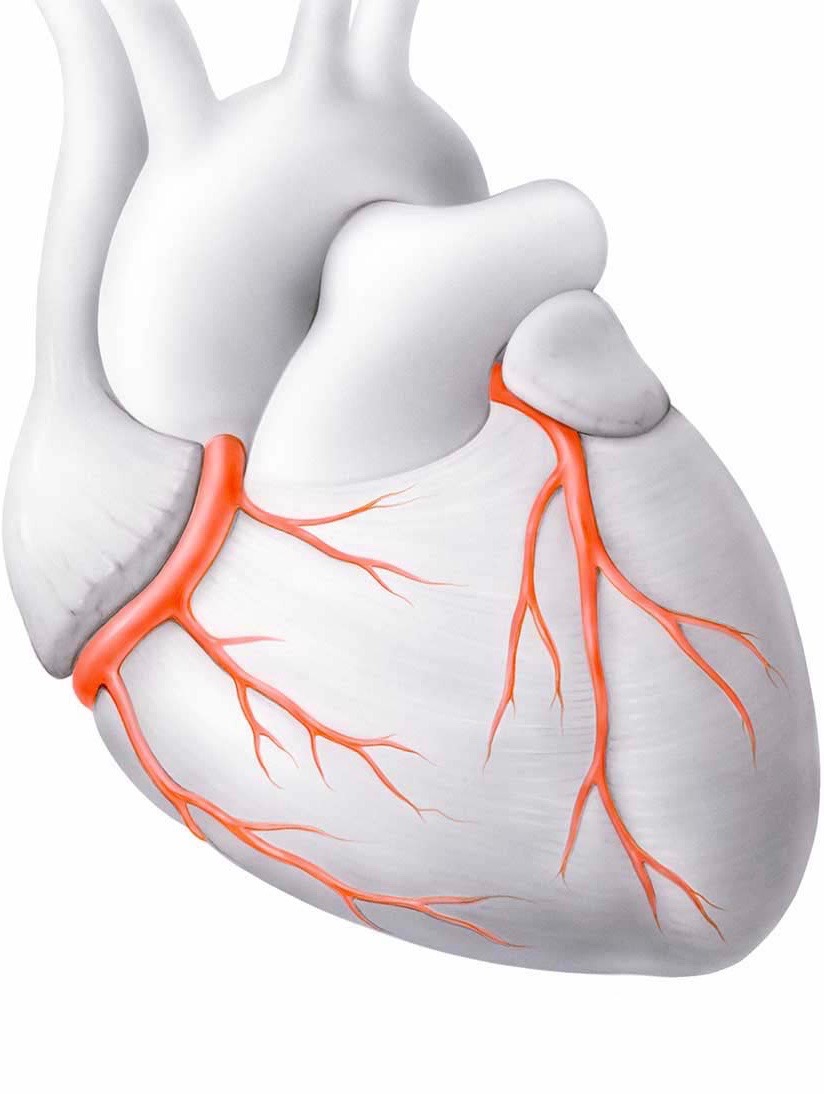Pulmonary valve
The pulmonary valve regulates the flow of blood from the heart to the lungs.
The pulmonary valve is the outlet valve of the right ventricle. The oxygen-poor blood flows through the pulmonary valve into the lungs, where it is enriched with oxygen. In adults, the pulmonary valve is very rarely diseased.
Pulmonary valve
The pulmonary valve is located between the right ventricle and the pulmonary artery. The healthy pulmonary artery valve prevents the backflow of blood from the pulmonary artery in the right ventricle during the blood relaxation and filling phase (diastole).
Like the aortic valve, the pulmonary valve is composed of three crescent-shaped pockets (semilunar valve). The pulmonary valve is much less frequently affected by valve diseases. It can be either narrowed (stenosed) or leaky (insufficient).
A narrowing of the pulmonary valve is called pulmonary stenosis. It increases the pressure load on the ventricle. Dilatation or loosening of the pulmonary valve is called pulmonary regurgitation and increases the volume load on the right ventricle. Both changes lead to a right ventricular strain.

Specialists at the Heart Valve Center
Do you have questions about the function of healthy heart valves?
Make an appointment with the specialists at the Heart Valve Center.







